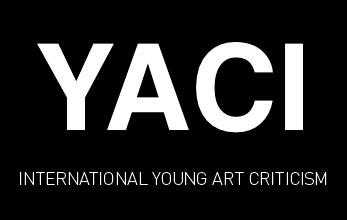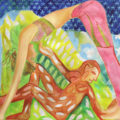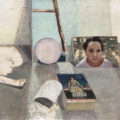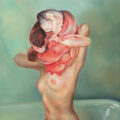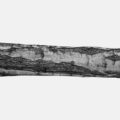Yue Yuan, on the scale of the imperceptible
A metre is a hundred centimetres, a multitude of millimetres. An indisputable quantifiable data a priori. A number of sheets constitute for example the Yue Yuan’s Vertical Metre and we can measure this block. Taken individually, these sheets refer to a more diffuse idea of the metre, an abstraction. We do not pay attention, however, to the detail, to the tiny, but to its addition, just as a polling firm only pays attention to individuals to obtain a representation of the population. Conceptually, this pile continues Yue Yuan’s work on perception and the metre but is above all a reflection on how we can translate the experience of reality.
If the metre is now evident for many cultures and among the most widespread, it is not universal. Bruno Latour recalled, during one of his conferences on power, the political history of its adoption, the discussions and disputes around this unit which revolutionized the use of feet, leagues and thumbs. The arbitrary use of the metre, certainly calculated on a mathematical basis, has indeed disrupted the transcription of reality and allowed the establishment of a centralised system whose neutrality is questionable. The standard metre that is supposed to officially dictate the new unit of measurement is located next to the Senate in Paris and it is there that Yue Yuan begins his investigation.
Legend says that the various craftsmen using the metre measurement went to confront the model to adjust their wand. In the event of a dispute, it was at the foot of the Palais du Luxembourg that the conflicts were settled. Yue Yuan asked the passers-by met around the Garden to evaluate one meter from a stick they could cut where they wanted. This measure, so common, was understood very differently by everyone and the artist thus brought out the bodily dimension of our perception of the world. It is according to their size, in fact, the size of their arms that these witnesses evaluated the meter. It is interesting to note that man, rather than using a standardized unit, always refers to his body to grasp the world. Especially since the question of perception, especially as regards the metre, is obviously no longer innocent when it comes to neighbourhoods or borders…
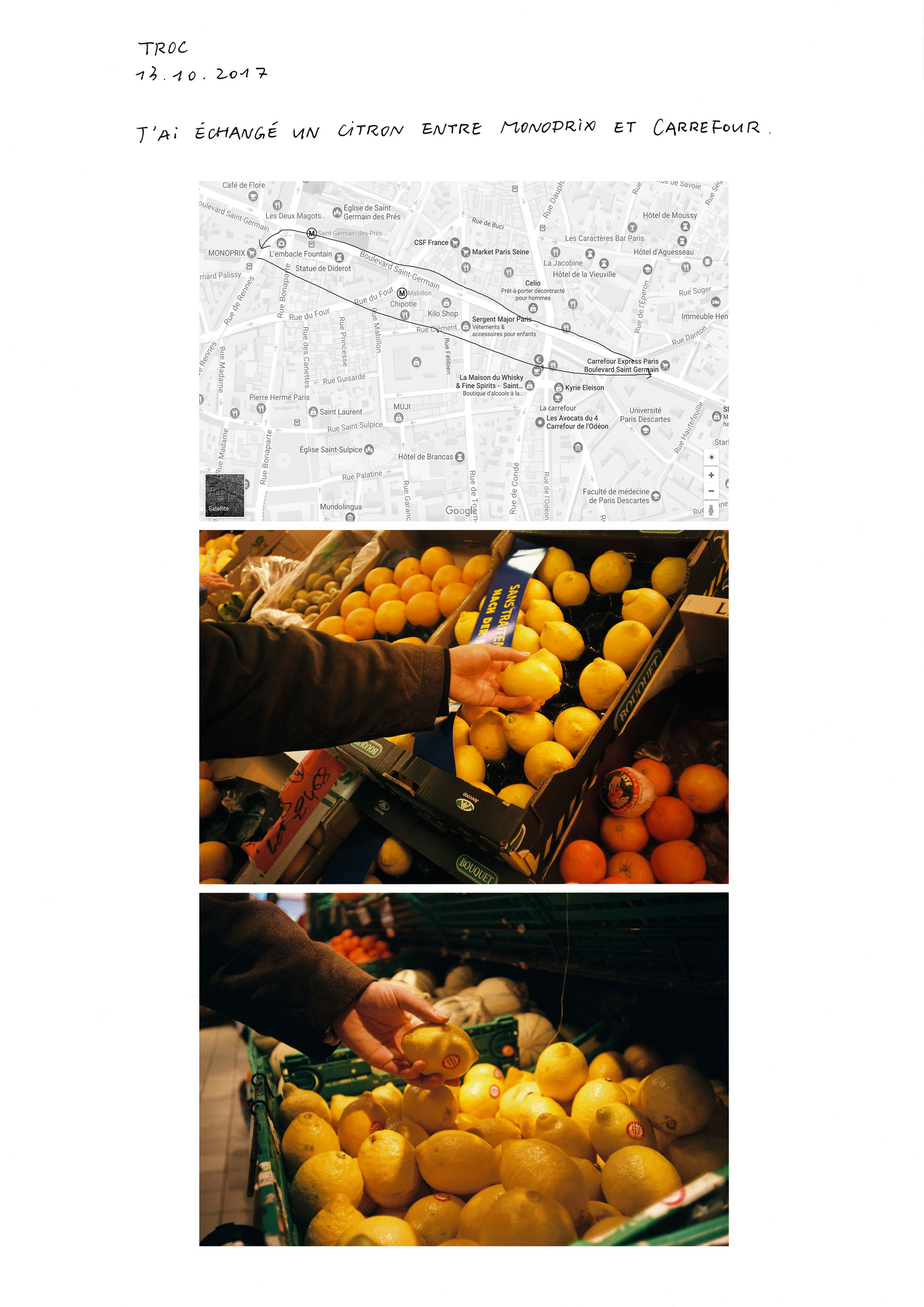
Eminently poetic, Yue Yuan’s actions sometimes go unnoticed. When he turns leaves over or exchanges a lemon between two supermarkets, he is not trying to turn the world upside down. At most, his gesture consists in holding back the water course for one minute. In this simplicity, this discretion, there is a way to experience the world and question the data. The metre taken for granted, apparently integrated into our system of thought, is not itself a consensus in its physical reality. The various sticks placed on the wall, with a sheet detailing the methods of the survey, disturb the order of things. The more numerous they are, the greater the space and the more contradictory they are; the visitor is confronted with the perception of others. Yue Yuan imperceptibly undermines the rationality of a system.
Do you have to be referenced in art history books to be considered an artist? Yue Yuan deposits his conceptual art manifesto in the shelves of the INHA library in the manner of a secret action and a consecration. He continues his work on standards and plays with qualifiers on his practice, as a “contemporary”, “conceptual”, “mysterious” or “rich” artist. To be or not to be an artist is above all a being in the world, a poetic spirit. There is no need to carry out an action strictly speaking, it can be suggested, imagined or even simply written. It is always a question of finding a language, not only a language like French, English or Chinese, but a way of transmitting a sensitive or emotional experience. Caught in translation problems by his own background, that of a Chinese artist who came to Paris for an exchange, Yue Yuan pays great attention to words and printed things.
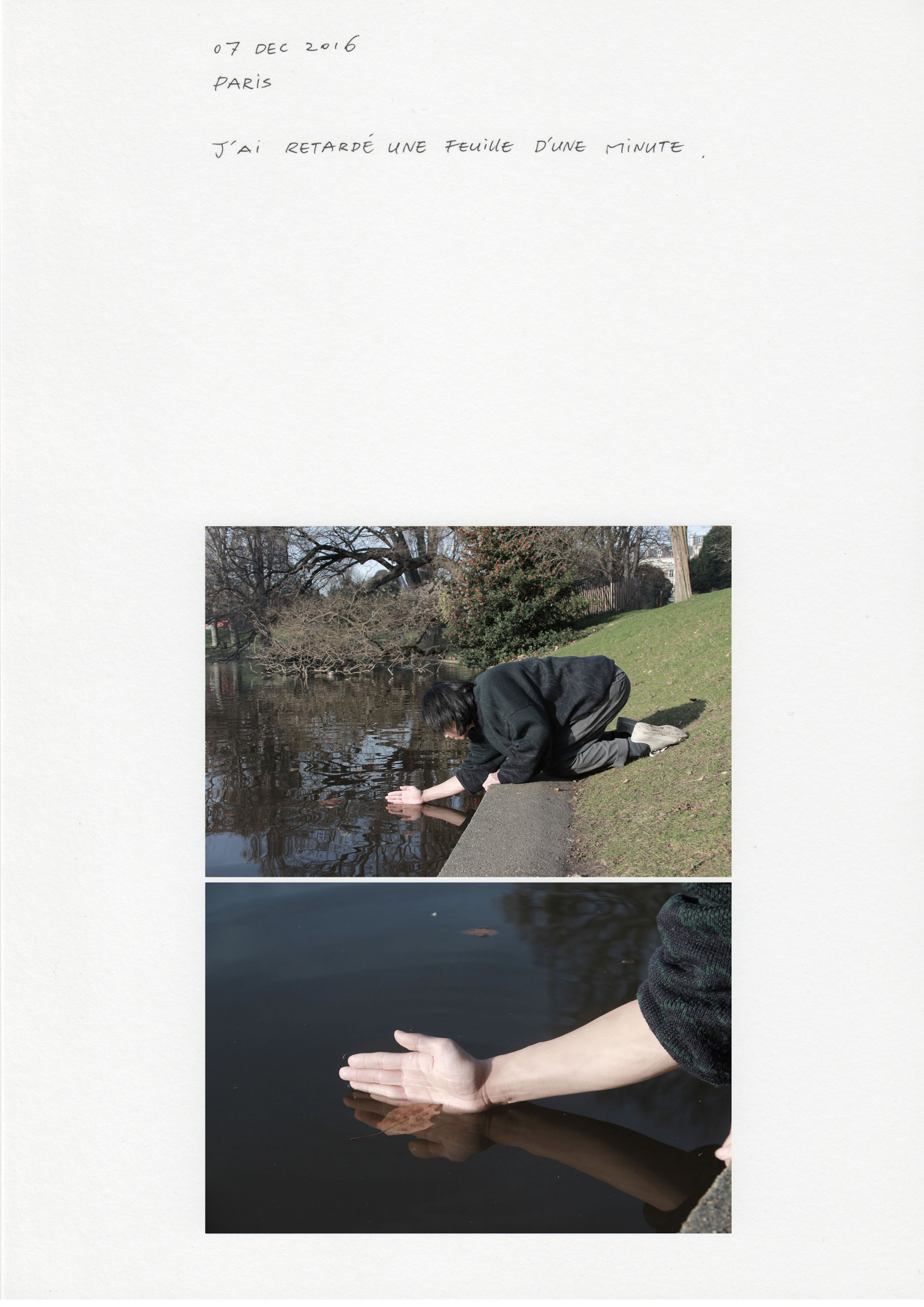
One of his books, Centtitre(s), plays authentic titles given to works to create a sensitive and improbable dialogue in art history. A quote from Mallarmé “A throw of the dice will never abolish chance” by Broodthaers meets Francis Alÿs’ postulate “If you are a typicall spectator, what you are really doing is waiting for the accident to happen” and challenges us on the relationship between art and reality. It is not a question of representing what is already for Yue Yuan but of finding a way to make us apprehend what cannot be directly grasped. The sound of a drop of water that cannot be seen falling in Untitled (2017) plays with the viewer’s senses, what he thinks he sees and hears as well as in the performance. Everything that is to be seen is not only what you see. By revealing the gaps and hollows of a wall through an improvised musical score, Yue Yuan uses metaphors as tools. The use of the concept is always sensitive, never cut off from everyday life or a simple understanding of the world. Even when Yue Yuan plays artistic references like Yoko Ono or John Cage, it is always in subtext; a way of supporting a speech and not the speech itself. Centimetre by centimetre, he moves his gaze, the leaves on an autumnal path.
